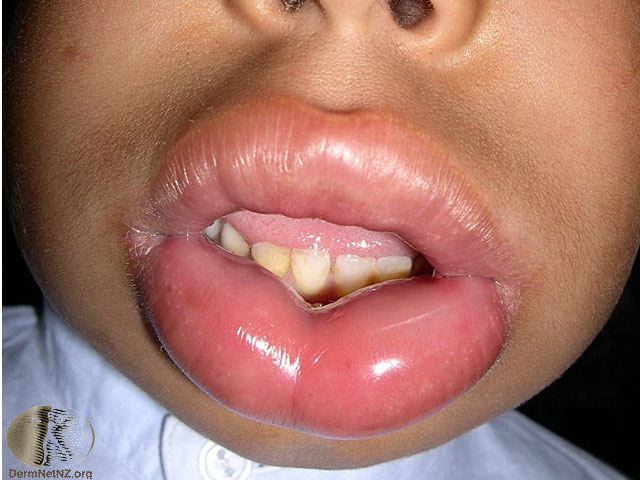ANAPHYLAXIS
Definition
Anaphylaxis is a life threatening allergic reaction with a variable presentation. It leads to respiratory and/or circulatory effects that develop over minutes, and is often also associated with skin or mucosal changes. If not recognised and treated urgently, anaphylaxis may lead to respiratory or cardiac arrest.
Epidemiology
- Anaphylaxis can occur at any age
- Severe food allergy is more common in children than adults
- It is slightly more common in females
Causes
Multiple agents can cause anaphylaxis, but the cause may not always be identified
- Certain foods are common – particularly shellfish and nuts
- Medication including antibiotics, anaesthetic agents or radiographic contrast media
- Insect venom / bee stings
- Environmental allergens - pollen, mould, dust mites

view larger image
Figure: Anaphylaxis algorithm
Anaphylaxis - Recognition
- Stridor
- Hoarse voice
- Laryngeal oedema
- Respiratory compromise - difficulty breathing, rapid breathing and/or noisy breathing (wheeze)
- Cyanosis
- Hypotension and shock (Low BP, pale, tachycardia)
- Flushing / sweating
- Urticaria
- Angio-oedema (swollen tongue/lips)
- Nausea, vomiting or diarrhoea

Figure: urticarial. Images copyright DermNet NZ, reprinted with permission.

Figure: angioedema. Images copyright DermNet NZ, reprinted with permission.
For more information on descriptions in dermatology please visit the DermNet NZ http://www.dermnetnz.org
Response
- Call for help
- Remove the allergen if it is known (eg. stop the IV antibiotic)
- Administer oxygen via face mask
- GIVE IM ADRENALINE (1:1000) as soon as diagnosis is suspected (either 10 micrograms/kg or 150 micrograms (< 6 years), 300 micrograms (6-12 years) or 500 micrograms (> 12 years). Can be repeated every 5 minutes if no response.


Figure: Paediatric drug box, including adrenaline
- Apply oxygen 15L/min via a reservoir mask
- Call for anaesthetic help to secure the airway if the airway is compromised (intubation/ surgical airway is needed in severe cases)
- Repeat IM adrenaline if no response (5 minutes after 1st dose)
- Give nebulised adrenaline & repeat every 10 minutes as required (400 micrograms/kg 1:1000)
- If audible wheeze is present give nebulised salbutamol (2.5mg < 5 years, 5mg > 5 year), repeat as required
- Apply cardiac monitoring
- Secure IV access (Take bloods for FBC, U&E, LFT, mast cell tryptase)
- Give IV Hydrocortisone - steroid (25mg < 6 months, 50 mg if 6 months - 6 years, 100mg if 6 – 12 years and 200mg if > 12 years)
- Give IV Chlorphenamine (i.e. an antihistamine) - (250micrograms/kg < 6 months, 2.5mg for 6 months – 6 years, 5mg for 6-12 years, 10mg if > 12 years)
- Fluid bolus of 0.9% Saline (20ml/kg) if signs of shock
- Raise the patients legs to help restore circulation
- Monitor conscious level
- Check bedside glucose
- Look for signs to confirm diagnosis – urticaria, angioedema
- Monitor any improvement following the treatment given thus far
- Stop the allergen if it has now been identified and has not already been stopped
Once you have completed your first ABCDE assessment, don't forget to reassess.
- Further IM adrenaline doses may be needed every 5 minutes if no response
- If the shock seems unresponsive to IM adrenaline, consider IV adrenaline (with senior support)
Any child who has suffered from an anaphylactic reaction will need admission for a period of observation post treatment.














